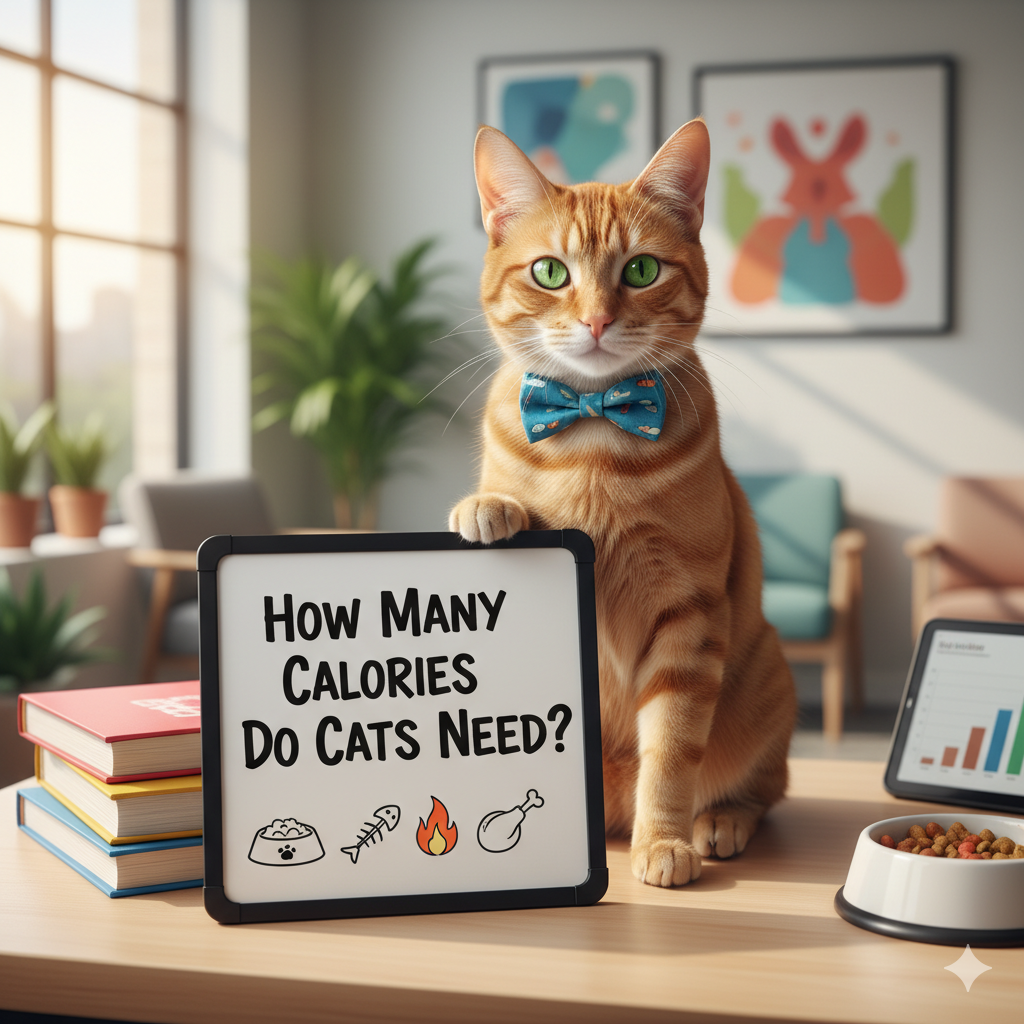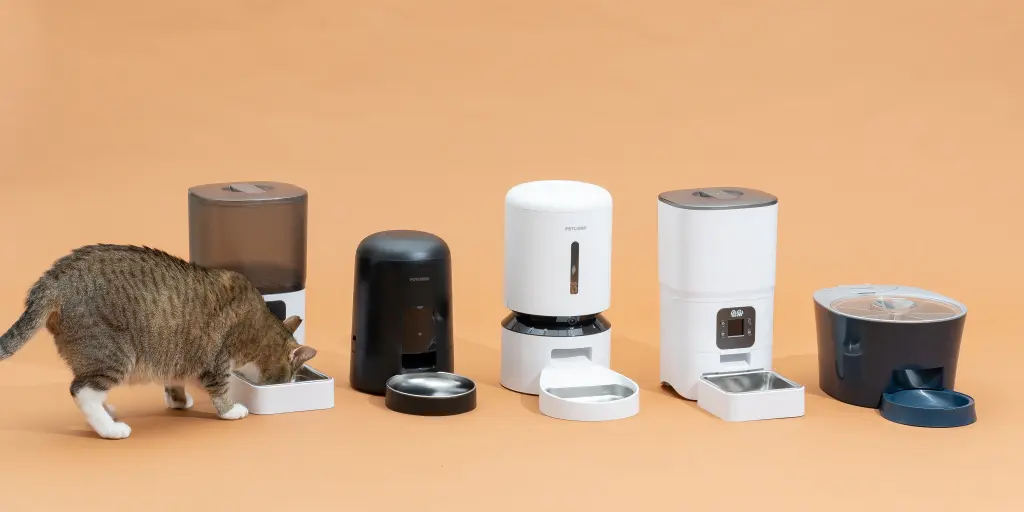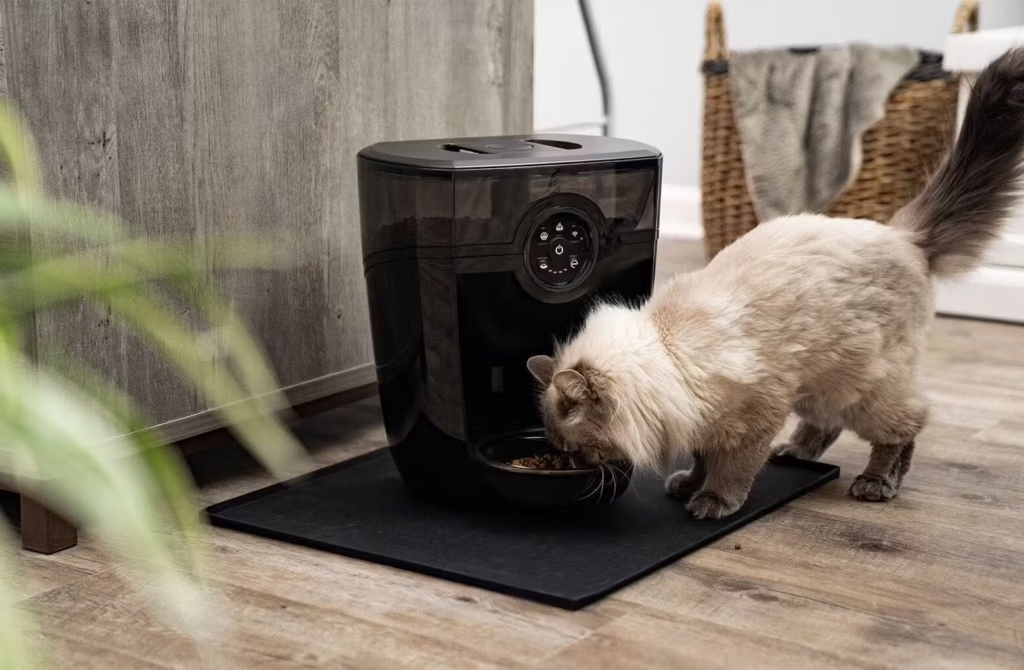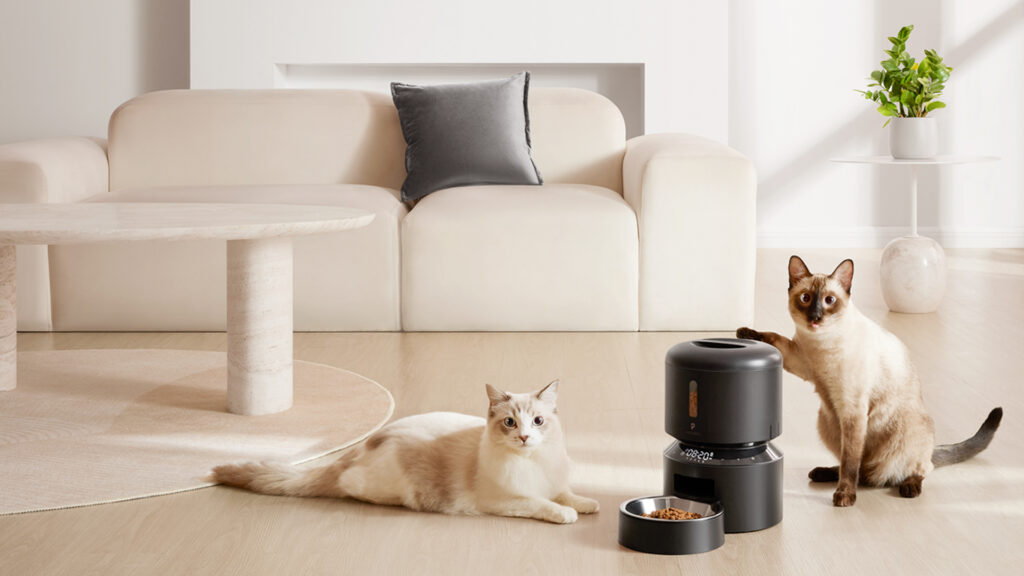How Many Calories Do Cats Need? A Complete Guide for Every Cat Parent
If you've ever found yourself wondering "how many calories do cats need?", you're not alone. Feeding your cat the right amount of calories isn't just about keeping them full — it's about maintaining their ideal weight, preventing obesity, and ensuring they live a long, healthy, and active life.
Just like humans, cats have individual calorie needs depending on their age, size, activity level, and lifestyle. Whether your cat spends most of the day lounging on the couch or chasing imaginary mice around the house, understanding their daily calorie requirements is essential.
In this guide, we'll explore how many calories a cat should eat a day, how to calculate it, and practical feeding tips to keep your feline friend in top shape.

How Many Calories Does a Cat Need a Day?
The average indoor cat needs about 20 calories per pound of body weight per day to maintain their current weight. However, this can vary based on whether your cat is active, lazy, young, or senior.
Here's a general overview:
| Cat Type | Weight | Calories Needed (per day) |
|---|---|---|
| Indoor adult cat | 10 lbs | ~200 calories |
| Active outdoor cat | 10 lbs | ~250–300 calories |
| Overweight cat | 10 lbs | ~180 calories |
| Kitten (growing) | 5 lbs | ~250 calories |
| Senior cat | 10 lbs | ~180–200 calories |
Tip: Always read your cat food label — most premium brands list calorie content per serving or per can.
Understanding Calorie Needs by Age and Life Stage
Kittens are tiny energy machines! They burn calories fast as they grow, play, and explore. On average, kittens need around 50–60 calories per pound of body weight daily.
For example, a 4-pound kitten would need about 200–240 calories per day. High-protein wet food works best since it supports muscle growth and hydration.
An average healthy adult cat typically needs 20–25 calories per pound daily to maintain weight. For instance, a 10-pound adult cat would require about 200–250 calories per day.
Cats who spend time outdoors may need 10–20% more because of increased activity.
Older cats move less, sleep more, and have slower metabolism. They generally need 15–20 calories per pound daily. However, senior cats with medical issues (like hyperthyroidism or diabetes) may need specific diet adjustments recommended by a vet.
How to Calculate How Many Calories a Day Should My Cat Eat
If you want a more precise number, you can calculate it using this formula based on veterinary recommendations:
Then multiply RER by an activity factor depending on your cat's lifestyle:
| Cat Type | Multiplier | Example (10 lb cat = 4.5 kg) |
|---|---|---|
| Neutered indoor cat | 1.2–1.4 × RER | 210–230 kcal/day |
| Active outdoor cat | 1.6–2.0 × RER | 260–320 kcal/day |
| Overweight cat (weight loss) | 1.0 × RER | ~190 kcal/day |
| Growing kitten | 2.5 × RER | ~350 kcal/day |
This formula helps personalize your cat's feeding routine.
How Many Calories Should a Cat Have a Day Based on Diet Type?
Wet food contains more moisture and fewer calories per ounce. A 3-ounce can usually has 70–100 calories.
A typical 10-pound cat might need two to three cans per day depending on the brand and activity level.
Dry food is calorie-dense — around 300–400 calories per cup.
If you feed only dry kibble, a 10-pound cat may need about ½ cup per day.
Many cat owners combine both. For instance:
- 1 small can of wet food (90 calories)
- ¼ cup of dry food (100–120 calories)
This mix offers hydration and balanced nutrition.
Factors That Affect How Many Calories a Cat Needs Per Day
An indoor cat lounging all day burns far fewer calories than an outdoor cat who roams and hunts.
If your cat is overweight, reduce calories gradually. If underweight, increase slightly until reaching an ideal body shape.
Just like people, every cat's metabolism is unique. Two cats of the same weight may need slightly different amounts.
Neutered cats have lower energy needs — around 10–20% less than unneutered ones.
Conditions like thyroid disorders, diabetes, or infections can alter calorie requirements. Always consult your vet for a customized plan.
Sample Feeding Plans by Weight
| Cat Weight | Activity Level | Calories Needed | Example Feeding |
|---|---|---|---|
| 8 lbs | Indoor | 160 kcal/day | 2 cans of wet food |
| 10 lbs | Indoor | 200 kcal/day | ½ cup dry or 2½ cans wet |
| 12 lbs | Active | 260 kcal/day | ¾ cup dry + 1 can wet |
| 15 lbs | Lazy | 230 kcal/day | ½ cup dry food |
Signs Your Cat is Eating the Right Amount
- Steady, ideal weight
- Glossy coat and clear eyes
- Consistent energy and playfulness
- Regular, well-formed stools
- Weight gain → reduce portion slightly
- Visible ribs or bony spine → increase calories
- Constant begging → may indicate nutrient deficiency
Regular weighing (once a month) helps you spot changes early.
Cat Calorie Comparison: Indoor vs Outdoor Cats
| Category | Indoor Cat | Outdoor Cat |
|---|---|---|
| Average Activity | Low | High |
| Calorie Need | ~20 cal/lb | ~25–30 cal/lb |
| Example (10 lb) | 200 cal/day | 250–300 cal/day |
| Risk | Obesity | Underweight |
| Tip | Use toys for exercise | Offer extra meals or snacks |
Indoor cats often face obesity risks, so controlled portions and playtime are key.
Can You Count Treats in Daily Calories?
Yes! Treats should never exceed 10% of total daily calories.
If your cat eats 200 calories a day, limit treats to 20 calories maximum.
Popular cat treats (like Temptations or Greenies) average 1–2 calories each. Always check the packaging and adjust meal size accordingly.
Hydration and Calories — The Hidden Connection
Cats on dry food often drink less water, increasing dehydration risks. Wet food provides moisture and helps regulate digestion and calorie absorption.
Consider using a cat water fountain — most cats find running water irresistible.
When to Adjust Your Cat's Calorie Intake
Reduce by ~10–20% as metabolism slows down after the procedure.
Increase by 50–100% to support the mother and growing kittens.
Follow vet-prescribed diet which may require specific calorie adjustments.
Some cats eat more in winter to maintain body temperature.
External Reference: According to the American Animal Hospital Association (AAHA), the average domestic cat's calorie requirement ranges between 180 and 250 kcal/day, depending on body condition and energy expenditure. (Source: AAHA Nutritional Assessment Guidelines)
Internal Linking Suggestion: You can internally link to your blog article: "Best Wet Foods for Kittens" — for readers seeking balanced diet options that fit their cat's calorie needs.
Frequently Asked Questions (FAQ)
Conclusion
Understanding how many calories your cat needs is key to keeping them healthy, active, and happy. From playful kittens to lazy seniors, each cat has unique energy needs that depend on lifestyle, diet type, and overall health.
The goal is balance — not too much, not too little. Feed high-quality food, measure portions, and watch your cat's weight monthly. With mindful calorie management, you'll give your furry friend the best shot at a long and joyful life. 🐾




